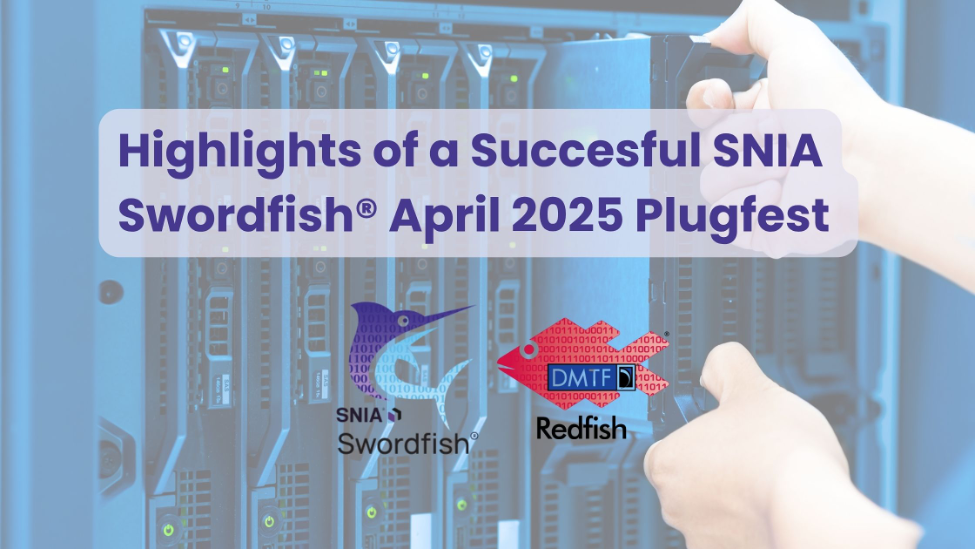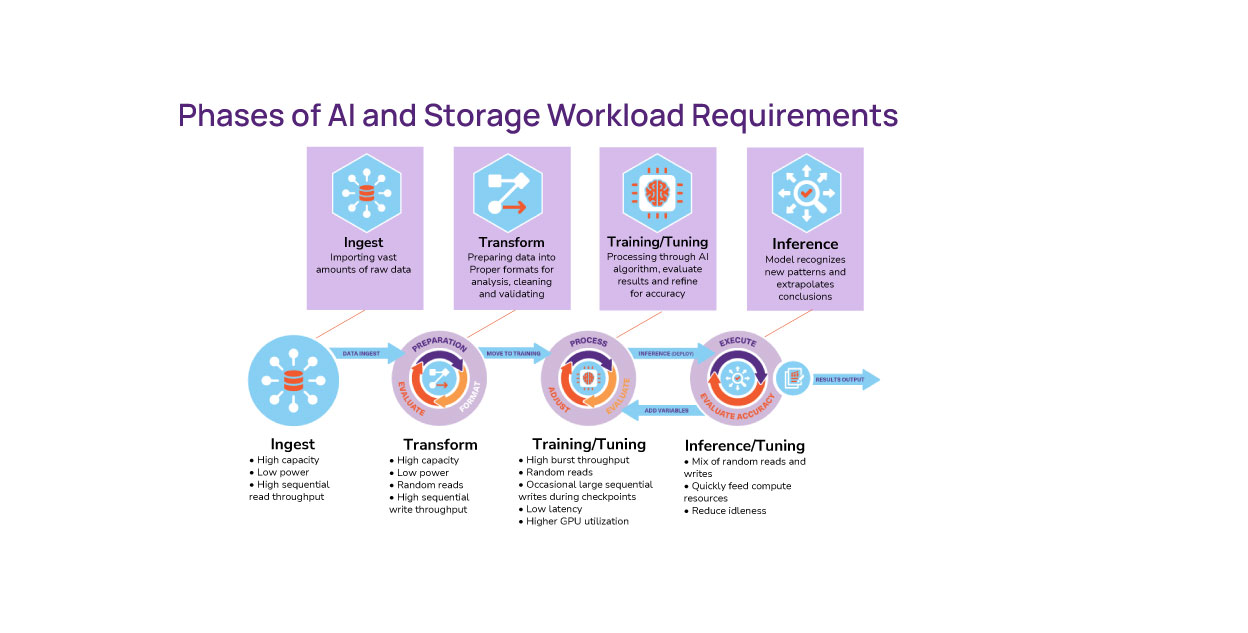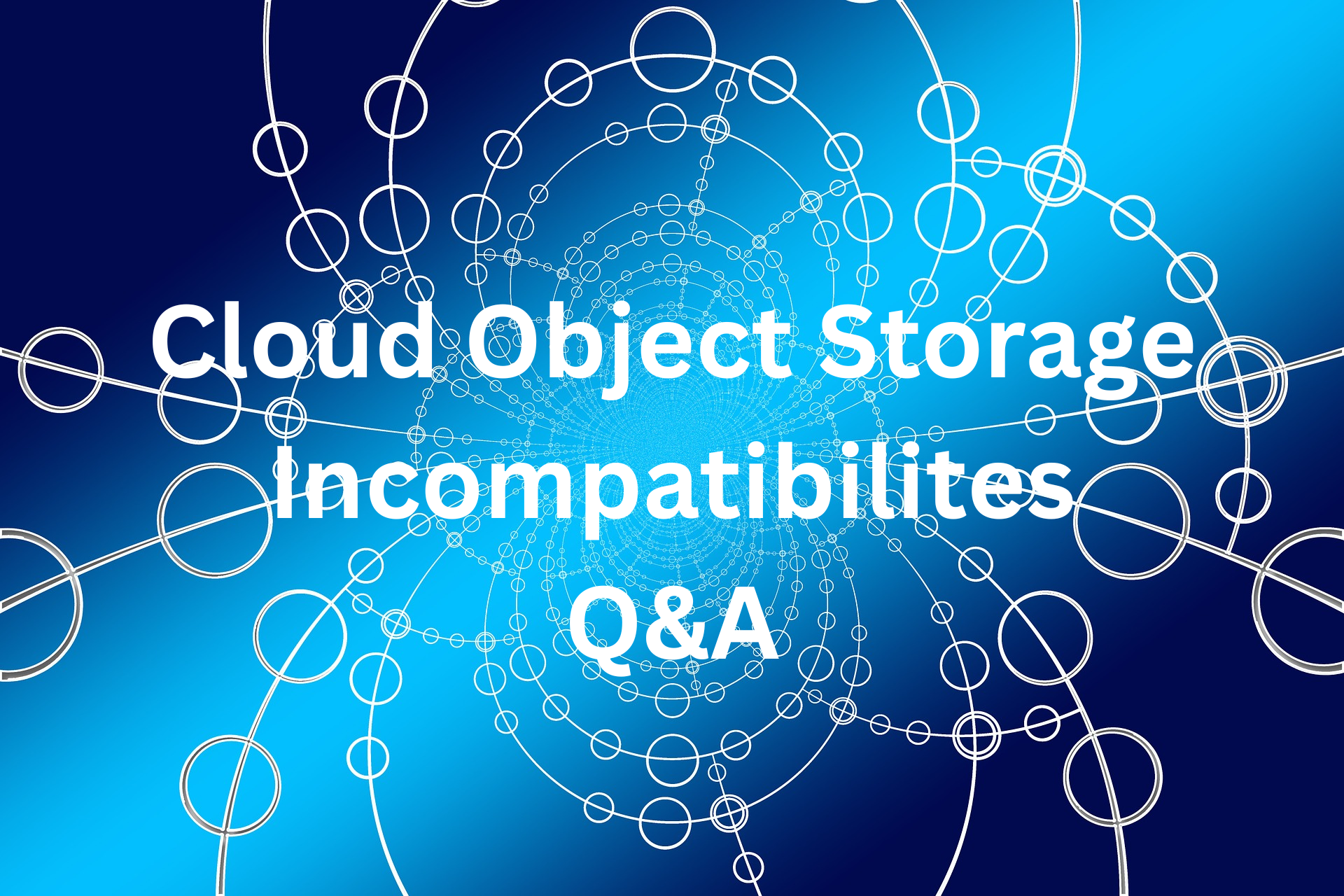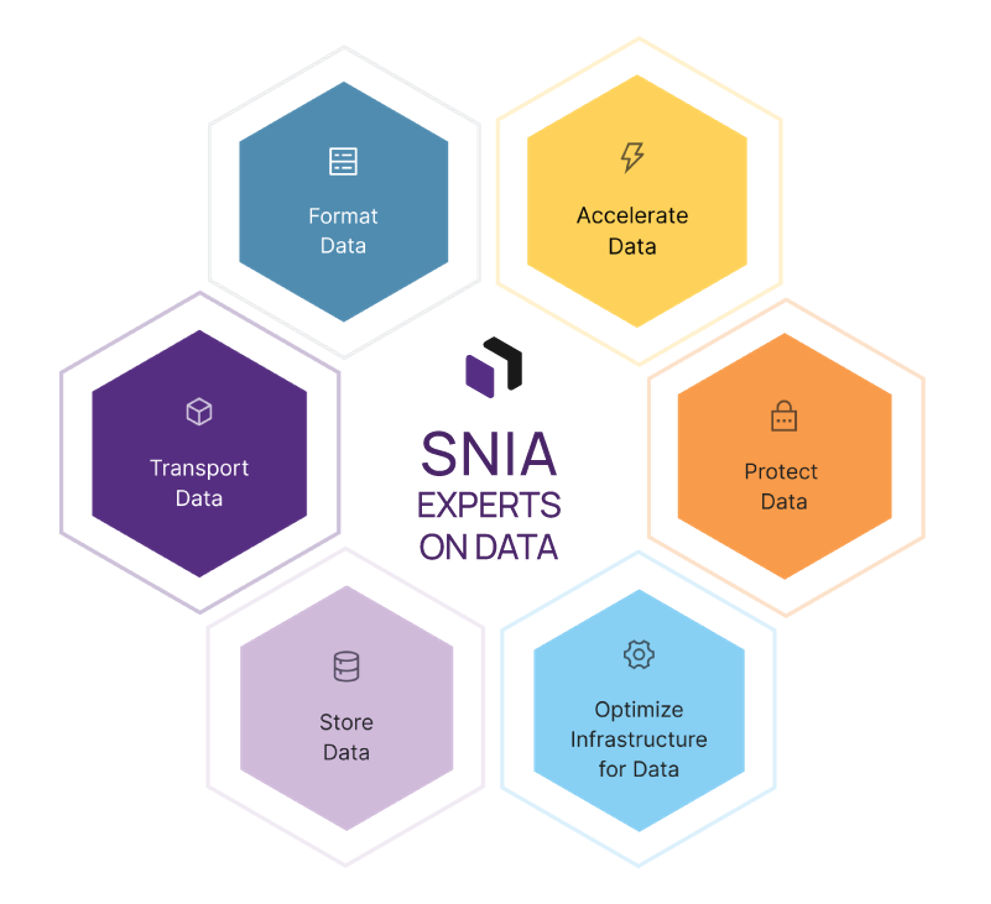How does the Cloud Data Management Interface (CDMI ) International Standard work? Is it possible be to both S3 and CMDI compliant? What security measures are in place with CDMI? How, and where, is CDMI being deployed? These are just some of the topics we covered at our recent SNIA Cloud Storage Technologies (CSTI) webcast, “Cloud Data Management & Interoperability: Why A CDMI Standard Matters.”
CDMI is intended for application developers who are implementing cloud storage systems, and who are developing applications to manage and consume cloud storage.
Q. Can you compare CDMI to S3? Is it possible to be both CDMI and S3 compliant? Is it too complicated?
A. Yes, this is possible, and is relatively straightforward. Both protocols are HTTP-based, and while S3 is primarily a data access protocol, CDMI provides both management functionality and standardized access to object data. Many companies that implement CDMI allow management of data namespaces that are accessible via multiple protocols, including NFS, CIFS, and S3. CDMI has several capabilities that ease integration with S3:
) International Standard work? Is it possible be to both S3 and CMDI compliant? What security measures are in place with CDMI? How, and where, is CDMI being deployed? These are just some of the topics we covered at our recent SNIA Cloud Storage Technologies (CSTI) webcast, “Cloud Data Management & Interoperability: Why A CDMI Standard Matters.”
CDMI is intended for application developers who are implementing cloud storage systems, and who are developing applications to manage and consume cloud storage.
Q. Can you compare CDMI to S3? Is it possible to be both CDMI and S3 compliant? Is it too complicated?
A. Yes, this is possible, and is relatively straightforward. Both protocols are HTTP-based, and while S3 is primarily a data access protocol, CDMI provides both management functionality and standardized access to object data. Many companies that implement CDMI allow management of data namespaces that are accessible via multiple protocols, including NFS, CIFS, and S3. CDMI has several capabilities that ease integration with S3:
 ) International Standard work? Is it possible be to both S3 and CMDI compliant? What security measures are in place with CDMI? How, and where, is CDMI being deployed? These are just some of the topics we covered at our recent SNIA Cloud Storage Technologies (CSTI) webcast, “Cloud Data Management & Interoperability: Why A CDMI Standard Matters.”
CDMI is intended for application developers who are implementing cloud storage systems, and who are developing applications to manage and consume cloud storage.
Q. Can you compare CDMI to S3? Is it possible to be both CDMI and S3 compliant? Is it too complicated?
A. Yes, this is possible, and is relatively straightforward. Both protocols are HTTP-based, and while S3 is primarily a data access protocol, CDMI provides both management functionality and standardized access to object data. Many companies that implement CDMI allow management of data namespaces that are accessible via multiple protocols, including NFS, CIFS, and S3. CDMI has several capabilities that ease integration with S3:
) International Standard work? Is it possible be to both S3 and CMDI compliant? What security measures are in place with CDMI? How, and where, is CDMI being deployed? These are just some of the topics we covered at our recent SNIA Cloud Storage Technologies (CSTI) webcast, “Cloud Data Management & Interoperability: Why A CDMI Standard Matters.”
CDMI is intended for application developers who are implementing cloud storage systems, and who are developing applications to manage and consume cloud storage.
Q. Can you compare CDMI to S3? Is it possible to be both CDMI and S3 compliant? Is it too complicated?
A. Yes, this is possible, and is relatively straightforward. Both protocols are HTTP-based, and while S3 is primarily a data access protocol, CDMI provides both management functionality and standardized access to object data. Many companies that implement CDMI allow management of data namespaces that are accessible via multiple protocols, including NFS, CIFS, and S3. CDMI has several capabilities that ease integration with S3:
- CDMI is designed so that any S3 URL can be used as a CDMI URL by specifying an Accept header with a CDMI content type.
- CDMI allows S3 header-style metadata to be accessed, queried, and managed through CDMI.
- CDMI supports S3 signed header authentication.















Leave a Reply